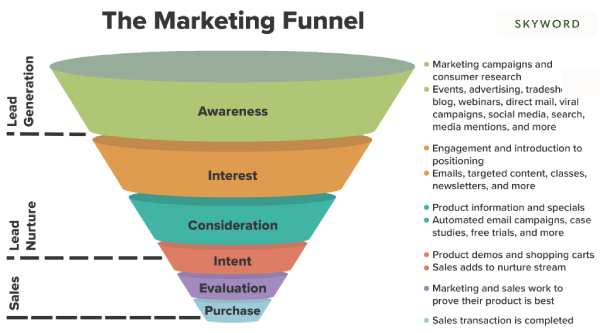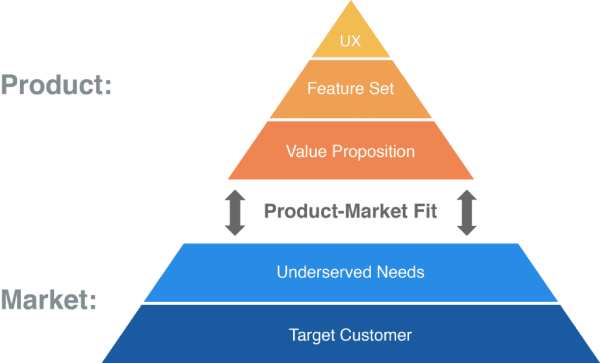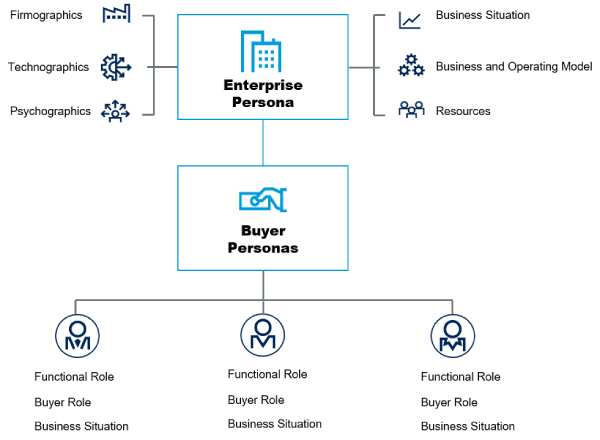
Picture this: You are working day in and day out. On the surface, your marketing effort is working. You are generating leads as well. Despite this, your conversion rates are low.
Why?
Because your strategy is not aligned to generate QUALITY leads.
Generating leads is hard. But generating quality leads is harder. In fact, 37% of marketers reported that generating high-quality leads was their top challenge.
In this blog, we will explore:
- Why does a well-crafted B2B marketing strategy framework make all the difference?
- Top B2B marketing strategy mistakes you may be making
- Tips on how to curate an effective B2B marketing strategy framework
B2B Marketing Strategy: A Roadmap To Generating Quality Leads
B2B marketing is not very different from B2C marketing. They both boil down to one thing – PEOPLE.
The decision-makers in businesses are still humans. They have emotions, thoughts, views, likes, and dislikes. They still appreciate personalization and warm communication. And if your strategy does not tap into all of this, then we hate to break it to you; it’s time to change your b2b digital marketing channels
A good B2B marketing strategy is your roadmap to quality leads and, ultimately, increased sales. It gets as specific as possible to enable targeted communication and lead nurturing.
It helps to effectively promote your business and services or products to other companies while staying within your marketing budget. But more importantly, it makes it easier to create materials for specific purposes that directly influence decision-makers at different stages in your marketing funnel. Thereby increasing the chances of leads turning into clients.

3 B2B Marketing Strategy Mistakes That Are Holding Your Back
Your B2B marketing strategy framework may have several loopholes that impact your ability to generate quality leads. And fixing them is the only way you are going to progress.
Here are Some Top Mistakes You Need To Be Careful Of:
1. Your Strategy Does Not Account For Product-Market Fit
Imagine the time, energy, and money you waste marketing your product to the wrong business.
Product-Market Fit (PFM), put simply, means how well your product meets the market’s demands. The question you should be asking here is: Can my product satisfy the needs of this market?
A good PFM sets the stage for sustainability in a highly competitive market and, later on, growth. It means that:
- You can address the target market’s needs
- The price of your product is acceptable to your intended audience

If your strategy does not consider your product’s PFM, you will likely invest your efforts in the wrong places. You are most likely to:
- Reach out to businesses with no interest in or need for your product.
- Poorly communicate with companies, leading to a lack of interest or engagement from potential customers.
- End up with low conversation rates due to a mismatch between your product and the market’s needs and preferences.
- Increase your churn by attracting customers who could be an ideal fit
- Not expand your customer base, increase sales, and achieve sustainable growth in your operations.
Here’s an example to help you understand it better: Let’s say you have built a high-tech product that seamlessly integrates communication and information sharing for well-established organizations. Of course, since it’s high-tech, the product is going to be expensive. So who can afford it? Large-scale companies that NEED such a system + have the finances to buy it. So if you were to blindly market your product to a startup that has little to no finances, would they actually buy it? No. Because there’s no product-market fit here.
2. You Did Not Include An Enterprise Profile
Building user personas to create a robust marketing strategy framework is essential. But is that all you need for quality leads?
What about building an enterprise persona? An enterprise persona paints a larger picture of what your prospective business or organization would look like.
It includes the following:
- Firm information: Location, industry, size
- Technology: Types of technology they use
- Psychology: How they think about new buys, risk-taking ability, type of product adopters
- Current situation: Needs and desires, pain points, spending ability, number of decision-makers, and resources.

3. You Are Not Leveraging Technology Well Enough
Technological advancements are rapid, and you must keep up with them or choose to stay where you are. The result is either progress or stagnancy. With most companies transforming digitally, your b2b marketing strategy, too, needs to leverage tools to generate quality leads.
Simply relying on one tool may not help. To generate quality leads, you may need to invest in multiple tools and software, such as:
- CRM
- Website visitor identification
- Website analytics
- Social listening
- Email automation and more.
We are not asking you to rely solely on AI and technology to do the job for you. But to add them to your tech stack so that they can:
- Do the mundane tasks for you
- Provide you insights for data-backed actions
In fact, user-generated content tools, audience identification, predictive models, and automated social media outreach are just some of the many trends we can expect.

Creating A Strategy Framework That Generates Quality Leads
Generating quality leads is challenging but not impossible. Follow the tips below to create a b2b marketing strategy framework that attracts leads:
1. Get Insight From The Sales Team
Gather data from the sales team on the average number of marketing leads they follow up on. Ask them what prevents them from reaching out to others. This will help you set better lead-scoring criteria to identify high-quality leads.
2. Adopt A Strategic Mindset
Running different activities at once is not going to help you. Instead, it will make it difficult to compare the results, given the underlying differences between them. Recognize that b2b digital marketing channels differ from each other. So don’t blast all your resources by using all the channels at once. Study what works for you the best.
3. Follow Up On Pain Points
If a prospect shows interest in marketing material that discusses a specific pain point, use it to your advantage. Chances are that they are experiencing it. Focus your follow-up and targeted communication to address the same pain points. As they move further down the funnel, they become more specific.
4. Breakdown And Dig Deep
Your B2B marketing strategy framework will include the different types of marketing you will use. Take a step further. Create detailed plans for those types as well. For instance, a digital marketing plan for b2b business, inbound marketing, outbound marketing, growth marketing, etc.
Wrapping Up
Quality leads are key to attracting paying businesses and improving ROI. By focusing on fewer but high potential leads, b2b marketers can help multiply the business.
If you are on the hunt for a digital marketing partner who will assist you in taking your business to the next level, you are at the right place. The team at Impulse Digital will ease all your problems by developing an effective marketing strategy that strikes all the right cords with your audience.
Why wait?


